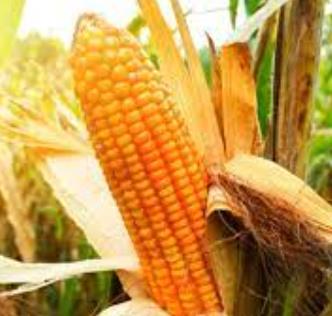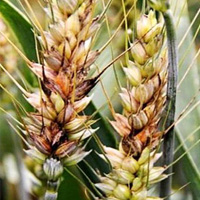-

Comparison of the pros and cons of insecticides Chlorfenapyr, Indoxacarb, Lufenuron, and Emamectin Benzoate! (Part 2)
5. Comparison of leaf preservation rates The ultimate goal of pest control is to prevent pests from harming crops. As for whether the pests die quickly or slowly, or more or less, it is just a matter of people’s perception. The leaf preservation rate is the ultimate indicator of the value o...Read more -

Comparison of the pros and cons of insecticides Chlorfenapyr, Indoxacarb, Lufenuron, and Emamectin Benzoate! (Part 1)
Chlorfenapyr: It is a new type of pyrrole compound. It acts on the mitochondria of cells in insects and works through multifunctional oxidases in insects, mainly inhibiting the transformation of enzymes. Indoxacarb: It is a highly effective oxadiazine insecticide. It blocks sodium ion channels i...Read more -

Prevention and Controlling of Pests in Corn Field
Prevention and Controlling of Pests in Corn Field 1.Corn thrips Suitable Insecticide:Imidaclorprid10%WP , Chlorpyrifos 48%EC 2.Corn armyworm Suitable Insecticide:Lambda-cyhalothrin25g/L EC , Chlorpyrifos 48%EC , Acetamiprid20%SP 3.Corn borer Suitable Insecticide: Ch...Read more -

Common Diseases of Wheat
1 . Wheat scab During the flowering and filling period of wheat, when weather is cloudy and rainy , there will be a large number of germs in the air, and diseases will occur. Wheat can be damaged during the period from seedling to heading, causing seedling rot, stem rot,...Read more -

Prevention and Controlling of Pests in Wheat Field
Wheat aphids Wheat aphids swarm on leaves, stems, and ears to suck sap. Small yellow spots appear at the victim, and then become streaks, and the whole plant becomes withered to death. Wheat aphids puncture and suck wheat and affect wheat photosynthesis. After heading st...Read more






